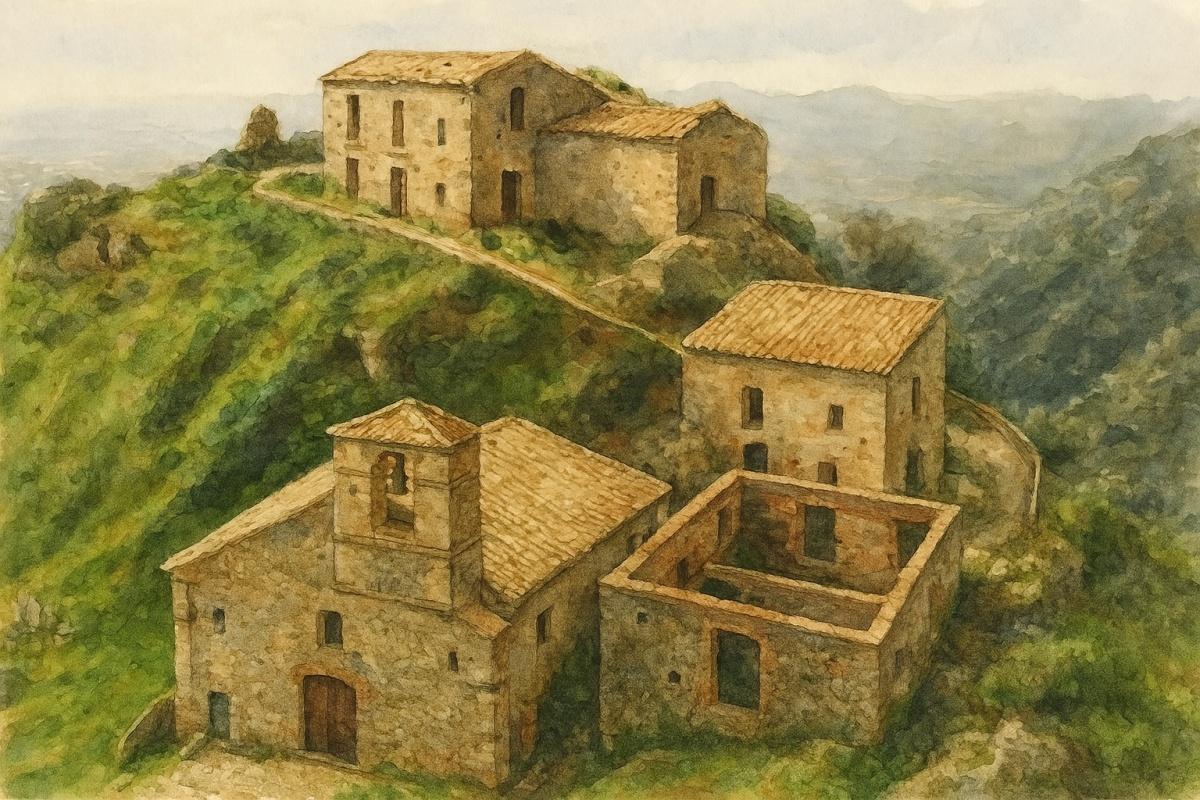Samo is a municipality located in the Metropolitan City of Reggio Calabria, in the region of Calabria.
Historical Background
According to a local tradition, Samo was founded in 492 BC by Greek colonists from the island of Samos, who fled to escape Persian invasions. After an initial stay in Zancle (modern-day Messina), from which they were expelled by the tyrant Anaxilas of Reggio, the Sami refugees arrived on the Ionian coast of Calabria and moved inland, near the La Verde stream, in the Rudina area, within the territory of Locri Epizefiri. There, with the consent of the Magna Graecia polis, they founded a new settlement and named it Samo in honor of their island. The city soon expanded, extending its borders and building a port structure that connected it with nearby Greek islands, achieving significant economic growth thanks to maritime trade.
A legend passed down through the centuries claims that Samo was the birthplace of the famous philosopher and mathematician Pythagoras, as reported by some modern historians such as Gabriele Barrio, Girolamo Marafioti, and Giovanni Fiore. However, there is no concrete evidence to support this popular belief.
Cultural and Natural Heritage
The village of Precacore, located on Mount Palecastro, is the historical center of the town, recently restored and known for its remnants of Greco-Byzantine art. It is often visited by groups of foreign tourists who, especially in August, accompanied by many locals, go trekking and explore the old paths leading to the ruins of this now abandoned site. In the religious context, Mass is still celebrated among the ruins of its churches in honor of Saint John the Baptist, the town's patron saint, with large participation from the faithful.
In the 1990s, Samo underwent a major restyling effort thanks to cooperation between the municipal government, the Aspromonte National Park Authority, and the Academy of Fine Arts of Reggio Calabria. The project included the creation of numerous murals painted on the facades of private homes, shops, and public offices, as well as the restoration and beautification of benches, fountains, and the public washhouse, which was rebuilt in its original architectural form and decorated with colorful glass mosaics.



